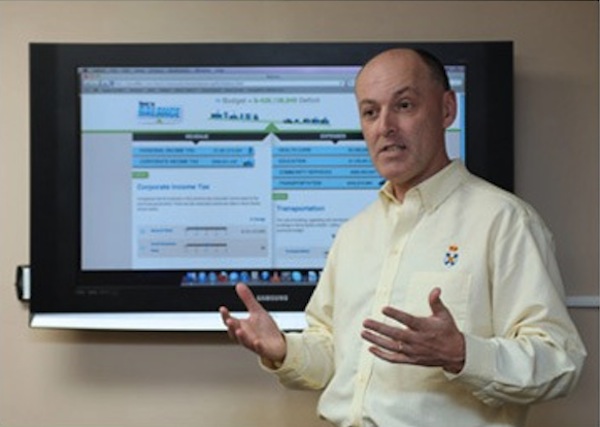
The most costly provincial departments are health and education and this year Cape Bretoners are being challenged with cuts to both. In the last ten years the cost of healthcare has doubled to $3.44-billion. That’s forty percent of the entire budget. Education comes in second with a distant $1.7-billion.
This year The Cape Breton District Health Authority, the area’s largest employer, has to find $12-million to offset the three percent budget cut they face this year.
Rumours are spreading now about where that savings will come from: the payroll department is being shipped off to Halifax; they’re closing the New Waterford Emergency Room; the entire obstetrics unit at Glace Bay General is being closed, and for the first time in our history birth certificates will stop listing Glace Bay as the birthplace of the next generation.
But is any of it true?
We have no idea. The reality is that sometimes the best way to protect something from quietly being cut is to loudly suggest it is about to be cut and watch as the community rallies around it preemptively. It could be a tactic. But by who? The unions? The district? Or is it simply homespun gossip? Who knows? Regardless, the panic is real. People know changes are coming and these rumours have led many to fear for the worst, whatever their worst might be.
It’s a little different with education. On the heels of school board funding cuts that cost the Cape Breton Victoria Regional School Board 92 positions last year, Cape Bretoners are ready for another fight.
Tracey Hilliard, a Sydney mother of a 15 year old boy with Autism, spoke out against further cuts this week. Her son now shares a Teacher’s Assistant after having one-on-one assistance since he was ten. In a letter released this week she asks, “What factors were in place when deciding what 50% of the time he had learning disabilities and what 50% of the time he didn’t?”
Unlike cuts to the health budget, we know where the education cuts will come from. We know exactly who will be impacted. A school board faced with a continually declining enrollment will always face the challenges of continually declining staffing levels.
So while the Finance Minister does his annual tour, it does little to ease the minds of Nova Scotians waiting to see what lands on the chopping block this year.
While the health districts and school boards are left figuring out what will be cut, our communities are left wondering what will be saved.

